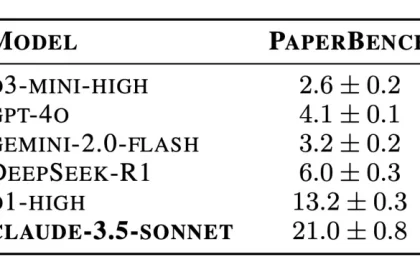England’s National Health Service has begun testing an artificial intelligence tool to identify patients at risk of developing type 2 diabetes; It should be said that this tool can probably detect the risk a decade earlier than the infection.
More than 500 million people worldwide are reported to have type 2 diabetes, and finding new ways to identify people at risk before they develop the disease is a top global health priority. It is estimated that by 2050, one billion people worldwide will have type 2 diabetes.
Type 2 diabetes has many consequences for patients and is one of the main causes of blindness, kidney failure, heart attacks, strokes and lower limb amputations, and is often associated with being overweight or less active or having a family history.
A new artificial intelligence tool that Available to doctors and scientists, it is hailed as a “transformational” tool that can identify people at risk of developing the disease up to 13 years before it starts developing.
How does the AI tool work?
This technology analyzes electrocardiogram (ECG) readings during routine heart scans. This can detect subtle changes that are too small to be seen by the human eye and can sound the alarm that a patient is on the way to developing type 2 diabetes.
These results could help people prevent the disease altogether, for example by making changes to their diet and lifestyle.
According to published reports, England’s National Health Organization will begin testing the tool in 2025, becoming the first healthcare organization in the world to do so. The developers of the technology hope their technology can be rolled out across health services in England and other countries within the next few years.
Dr. Libor Pastica, a clinical researcher, believes that artificial intelligence has a huge potential to change healthcare, which can lead to significant improvements in health.
According to him, by providing a cheap, accessible and non-invasive way to predict the risk of type 2 diabetes early, this tool can open a new window of opportunity for more targeted and preventive care and help people avoid this disease and its related complications. .
How is the artificial intelligence tool made?
A team led by Dr. Fu Siong Ng and Dr. Arunashis Sao developed the tool using 1.2 million EKGs from hospital records. They used data from the UK Biobank, which holds the genetic information and medical records of more than 500,000 participants, to confirm the tool’s ability to detect subtle changes in the ECG.
Overt signs include changes in the way the heart’s electrical signal moves, such as small changes in the timing, shape, or pattern of certain electrical waves. While these changes may seem minor, they reflect the early effects of diabetes on heart structure and function, long before symptoms appear.
Tests have shown that the tool predicts risk about 70 percent of the time in people of different ages, genders, ethnicities, and socioeconomic backgrounds.
When AI predictions were combined with genetic and clinical information such as age and blood pressure, accuracy improved further and provided a clearer picture of risk, the researchers said.
RCO NEWS














